02 Apr
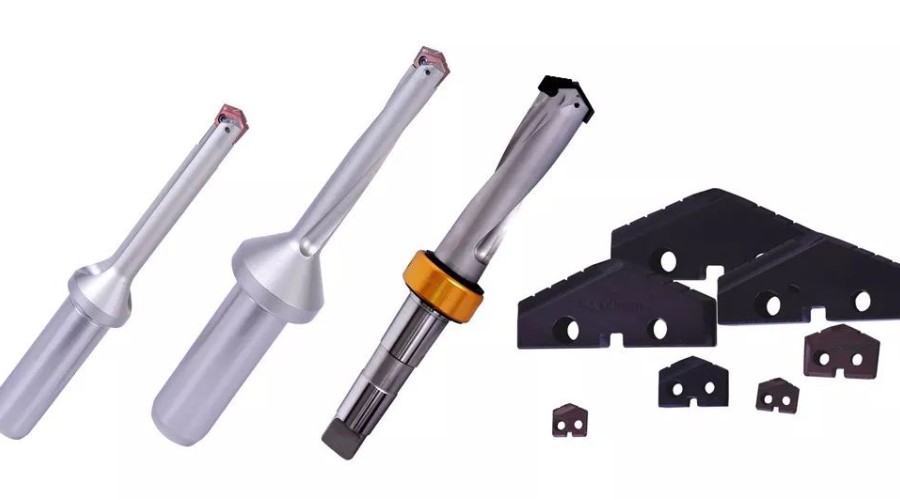

Posted by
0 Comment(s)
342 View(s)
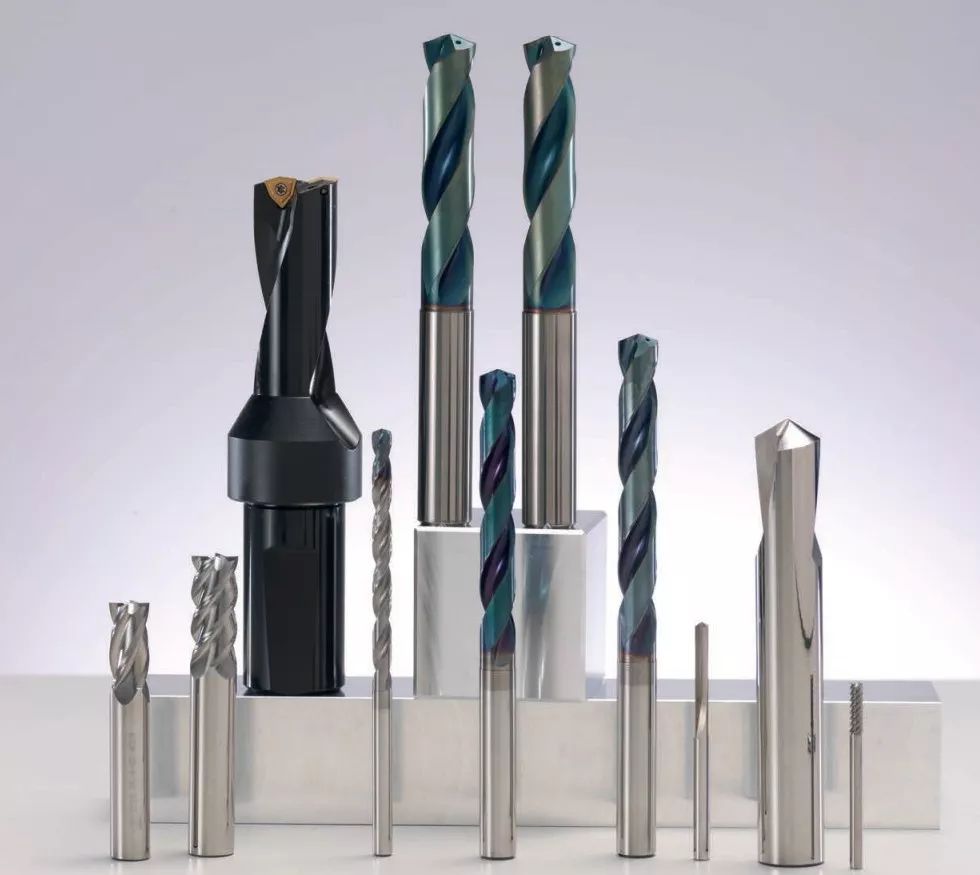
- The drill bits should be stored in special packaging boxes to avoid vibration and collision with each other.
- When in use, remove the drill bits from the packaging box and immediately install them into the spindle's spring chuck or the tool library for automatic tool change. After use, return them to the packaging box promptly.
- Measure the diameter of the drill bits using non-contact measuring instruments such as tool microscopes to avoid damage caused by contact between the cutting edge and mechanical measuring instruments.
- Some CNC drilling machines use positioning rings, while others do not. If positioning rings are used, the depth positioning during installation must be accurate. If positioning rings are not used, the extension length of the drill bits mounted on the spindle should be adjusted uniformly to ensure consistent drilling depth for each spindle. Inconsistencies may lead to drilling into the workbench or failure to drill through the circuit board, resulting in scrap.
- Regularly inspect the concentricity of the spindle and spring chuck, as well as the clamping force of the spring chuck. Poor concentricity may cause small-diameter drill bits to break or larger hole diameters, while inadequate clamping force may result in actual speeds not matching the set speeds and slippage between the chuck and drill bits.
- The clamping length of the shank drill bits on the spring chuck should be 4-5 times the diameter of the drill shank to ensure secure clamping.
- Regularly inspect the spindle pressure foot. The contact surface of the pressure foot should be horizontal and perpendicular to the spindle without shaking to prevent drill breakage and off-center holes.
- The dust removal effect of the drilling machine should be good. The suction wind can reduce the temperature of the drill bits and remove dust to reduce friction and heat generation.
- When stacking substrates including upper and lower pads, they should be firmly positioned and leveled in the one-hole-one-slot positioning system on the workbench of the drilling machine. When using adhesive tapes, care should be taken to prevent drill bits from drilling into the tapes, causing drill bit adhesion and chip removal difficulties, leading to drill breakage.
- When ordering drill bits from manufacturers, 4% of them should be randomly inspected upon arrival to see if they meet the specifications. Additionally, 100% of them should be inspected with a microscope at 10-15 times magnification for notches, scratches, and cracks.
- Drill bits should be sharpened in a timely manner to increase their usage and sharpening times, prolong their lifespan, and reduce production costs. Generally, tool microscopes are used for measurement. The wear depth within the full length of the two main cutting edges should be less than 0.2mm. When sharpening, remove 0.25mm. Regular shank drill bits can be sharpened up to 3 times, while undercut drill bits can be sharpened up to 2 times. Excessive sharpening will decrease the quality and precision of the drilled holes, leading to scrap of the circuit board. Over-sharpening has counterproductive effects.
- When the wear diameter of the drill bits decreases by 2% compared to the original, they should be discarded.
- In general, manufacturers provide a parameter table for the drilling speed and feed speed of the drill bits produced by the factory. These parameters are only for reference, and actual parameters should be determined by process personnel through practical use. Usually, there may be some differences between the actual parameters and the reference parameters, but the difference should not be too large.
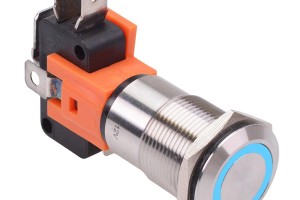
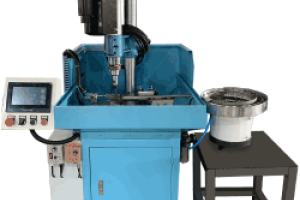
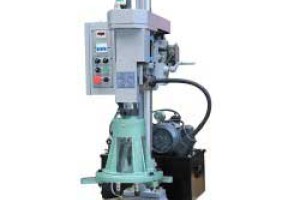
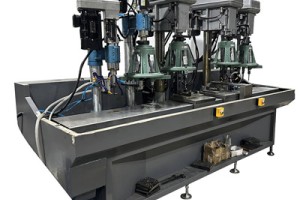
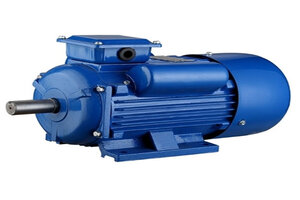
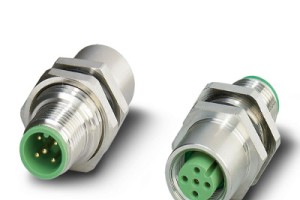
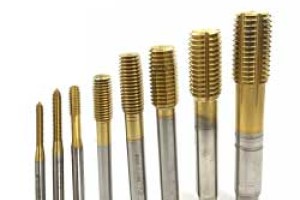
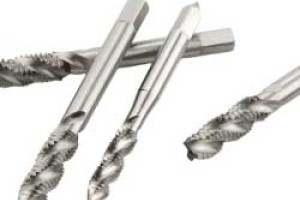
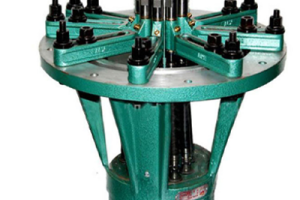
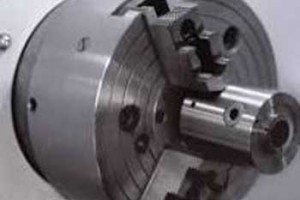
Leave a comment